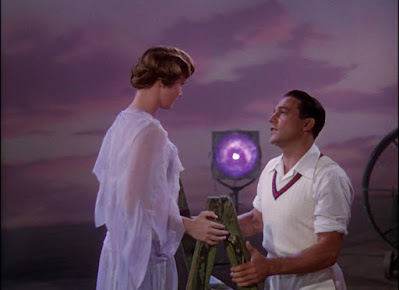Isn't Burgalry Romantic?: How to Steal a Million (1966)
Audrey Hepburn. In Paris. Wearing a wardrobe designed by Givenchy, and jewelry by Cartier. The opening credits are enough to sell How to Steal a Million, and it's a film that lives up to its credits! The movie is part comedy, part romance, and part suspenseful, million-dollar art heist.
The film centers around Nicole Bonnet, daughter of a wealthy art collector. Nicole's father has just sold one of his pieces in a major auction, but instead of being proud, she's upset - because her father is actually an art forger. He replicates the style of famous painters to make "undiscovered" masterpieces which he sells for hundreds of thousands. Nicole scolds her father and reminds him that what he's doing is illegal, but he won't listen. (And Nicole won't report him, probably because he's her dad, but maybe also because they live in a mansion and her whole wardrobe is Givenchy, and who would want to give that up?)
Nicole is obviously frustrated, but can't do much to control her father. He's already agreed to loan a famous sculpture, the Cellini Venus, to the Kleber-Lafayette art museum. The only problem is that it's not a Cellini Venus, it's a Bonnet Venus - sculpted by Nicole's grandfather. That night, Nicole is woken up by a burglar breaking into the house. The man is trying to steal a painting, so Nicole pulls an old gun off the wall and points it at the intruder while trying to call the police. When she realizes what the man is trying to steal, however, she puts down the phone - because the painting is yet another of her father's forgeries, a fake Van Gogh.
Nicole tries to put down the gun, but it fires and grazes the burglar's arm. Since she can't call the police for fear they would investigate her father, Nicole bandages the man's arm and drives him back to his apartment at the Ritz. The burglar's name is Simon Dermott, and he's fallen a little in love with Nicole, to her confusion.
She visits Simon at the Ritz and asks him to steal the Venus from the museum. She won't tell him why, because she can't rat out her father, and he considers it an impossible burglary. But he takes her to the museum anyway so they can scope things out and look at the high-tech security measures. Unbeknownst to Nicole, Simon isn't actually a burglar - he's a specialist in museum security and forgeries.










Comments
Post a Comment